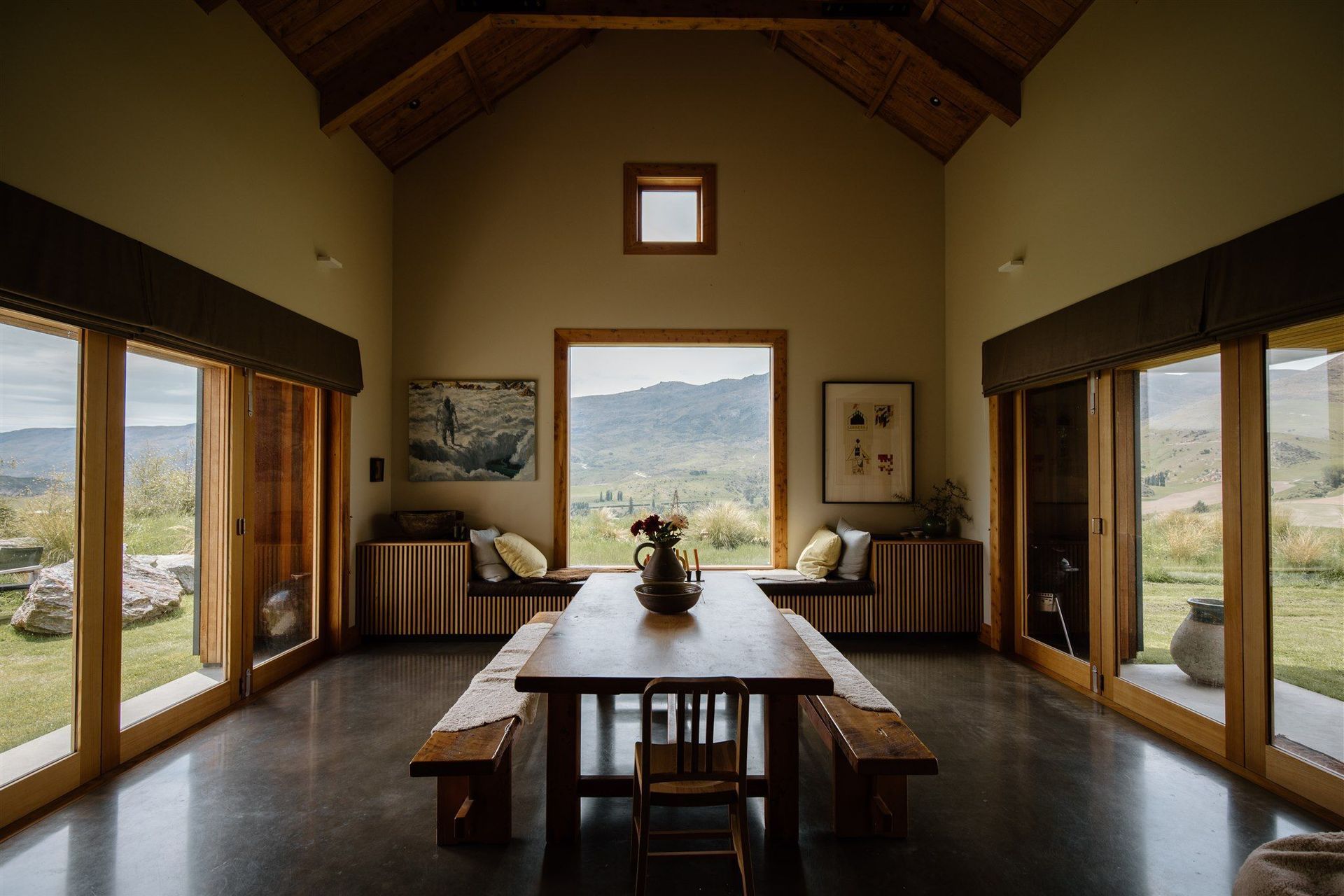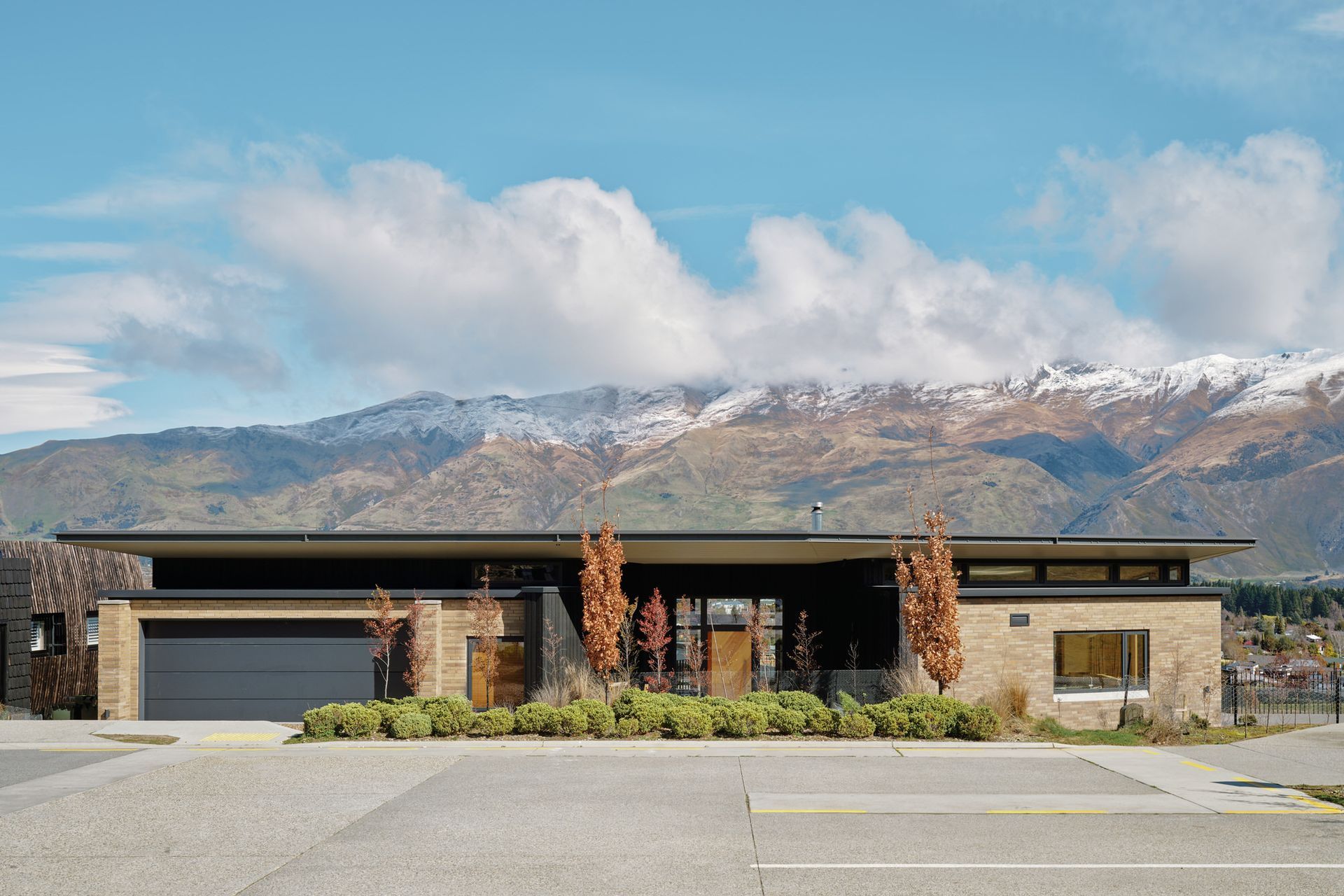Making your home or business more energy efficient

When it comes to energy-efficient bespoke builds, the truth is it’s as much about you as it is about the environment. There’s a fine line between building a home that protects, uses, and harnesses our beautiful surrounds, and building a home that bleeds money and fossil fuels back into it. At Hawkeye, we find the sweet spot that both fits your budget and fits the planet’s idea of a healthy home.
Thing is, we build to the environment, and we’re proud of it. That means grounding your bespoke homes, businesses and corporate spaces in sustainable practices, crafting with care, consideration and respect for our stunning scapes. Our goal is to build homes that help to reduce our collective impact on climate change, minimise fossil fuel use and save good folk money on household energy costs.
And while it may seem like a lot to ask, we like to keep it in reach with some simple, energy efficient home solutions, considering:
- Location
- Efficient design
- Materials
- Insulation
- Heating
- Lighting
- Little steps

Things to consider:
1. Location
Sure, you might live in the most beautiful part of New Zealand, but building an energy-efficient home in Wānaka or Queenstown doesn’t guarantee you a free ride through this section. Finding the right piece of land to suit your needs means taking into account your Location Efficiency, or the strategic placement of your home and resources to reduce energy costs.
Consider the area you’re building in. Does it get direct sun? Is it sheltered from the wind? Is the land flat, or are you building on a hill? Will you have to drive your diesel 40-minutes into town and back every day? These factors all play a part in the energy consumption (and day-to-day costs) of your home.
To minimise your power and heating costs while maximising solar efficiency for your Wānaka builds, we recommend:
- A north-facing roof with a 30 degree pitch for solar panels
- A home built on the sunniest part of the property, oriented to face the sun. Face the main living areas north to maximise light and warmth in your home on the daily.
- A spot sheltered from the harshest winds
2. Efficient Design
Investing in an energy-efficient home design is the best thing you can do for your home. You’ll want a design that harnesses the sun's heat and puts it to work.
- Consider the size, shape, and space of your home. It goes without saying that smaller homes are easier to heat and cool - so while high ceilings may look great, they also mean less energy-efficiency all around.
- Make sure you’ve got plenty of insulation to trap in the heat (but more on this later).
- Maximise your window size and positioning. Think your biggest windows facing north, with smaller to the east and west and smallest along the south side.
- Ensure the materials you use have a solid thermal mass efficiency - aka, how well your materials store and release heat. For example, a concrete floor exposed to the sun absorbs heat during the day and releases it when the evening gets a little cooler. Efficiency, at its finest.
3. Materials
The building materials you choose help determine the overall quality of the build. Don’t cut corners here, it’s important to ensure the materials you use are high quality, sustainably sourced, and reduce energy consumption wherever possible.
It might feel like a lot of coin - and it might be - but trust us, spending the money up front on the right materials will save a lot of coin and grief in the long run. That’s not to say you can’t work to a budget, or that you need to have the eight-zeroes type of bank account. There are ways to safely and effectively cut costs without compromising on quality - give us a yell if you need a hand here.
We recommend using Formance SIPs (or Structural Insulated Panels) where you can. These deliver fast, cost-effective, energy-efficient, high-performance homes. Twelve hyphens and all.
4. Insulation
For a mountain town rooted at the foot of two of the best ski resorts in New Zealand, nothing breathes life into Wānaka like the first snowfall of winter. But while the colder weather is ideal for outdoor pursuits, it also makes insulating your home properly a must. Much like Mons on the ski field, proper insulation keeps your house cool when it’s hot, warm when it’s not, and your power bills this side of friendly.
- Don’t compromise on quality. The better your insulation, the lower your energy consumption, so use quality materials and suppliers you trust. We never go past Spray Foam, MAXRaft Slabs, and Kingspan insulation (which has high R-value).
- Use wool insulation where possible - we recommend Terra Lana or Earth Wool. It’s Kiwi, it’s natural, and it’s better quality. Beats Pink Batts any day of the week.
- Insulate more than recommended in Wānaka, Queenstown and our colder surrounds. Though all houses in New Zealand are required to have insulation, you’ll want more than baseline insulation to keep you comfortable through winter. Internal walls included.
- Insulate concrete floors, both underneath and around the edges.
- Insulate between your home and any attached garage.
- Insulate your ceilings. Hot air rises, so this can make all the difference during the cold ones.
5. Heating
With quality insulation in your new home or business, heating and cooling your indoor spaces becomes far more efficient and requires less energy to keep temperatures comfortable and your humans in good health.
Consider the method you’re using to heat your home, and the impact it has on the world around you. The process of generating electricity through coal, gas and oil-fire produces a fair few greenhouse gases - as do natural gas and LPG heating. Sustainably sourced electricity and wood generated through renewable sources (we’re talking wind, solar, and hydro) produce the lowest net greenhouse gas emissions. Whatever you choose - do your homework and don’t forget your daily dose of healthy respect for the planet we live in.
- Heat pumps are one of the most energy-efficient forms of heating available. Taking air from outside and using it to warm the air inside, heat pumps combined with good insulation are a great way to cut costs without compromising on quality. Especially when powered by solar.
- Invest in underfloor heating. Especially in the Queenstown-Wānaka region, you’ll want ambient heat that comes up from beneath the ground. It’s electric and can run off solar, which means it’s more energy efficient as well. We recommend Heat Central Wānaka for radiator and underfloor heating.
6. Lighting
In 2005, a New Zealand-wide study showed that lighting accounts for around 8% of household energy use in the average New Zealand home. That makes lighting a significant factor when considering how to make your home more energy-efficient, and also provides a relatively easy way to cut a few costs. Swapping to energy-efficient light bulbs means generating less electricity, and therefore less greenhouse gases. Win for you, win for the planet.
These days, LED lights are quickly becoming a staple in energy-efficient businesses and abodes. Stylish, affordable, and a fair haul more efficient than regular bulbs, LED’s use an estimated 85% less electricity than traditional halogen or incandescent bulbs, and can last 15 times longer. Work smarter not harder, and save a pretty penny in the long run.
7. Baby steps, Jim.
We know. For those on a tight budget or just wanting a few easy steps to reduce energy in your home, the above can feel like leaps and bounds. But we’re also here for the little man - or in this case, the little changes you can action right now.
- Minimise waste. Especially your recycling waste, but we’ll take what we can get.
- Use efficient appliances. Dryers, fridges, and heat pumps, we’re looking at you.
- Unplug devices when you’re not using them.
- Cut down your water usage (especially hot water). Install a shower timer, turn off the tap when you’re brushing your teeth, and only use as much water as you need when cooking.
- Don’t crank the heater unless you need it. Keep the thermostat at a comfortable level, instead of cooling the house right down only to roast it later.
- Double glaze. Think of it as Pink Batts for your windows.
- Use solar-powered devices where you can.
- Switch to LED lights. We’ve bashed this already, but it’s a quick and easy way to make a difference.
- Then, turn them off when you leave the room. Yes, Dad.

So there you have it, our guide to making your home or business more energy-efficient in whatever way you can. For tailored advice catered to you, get in touch with the team. We’ve got even more energy-saving tips where that came from.
